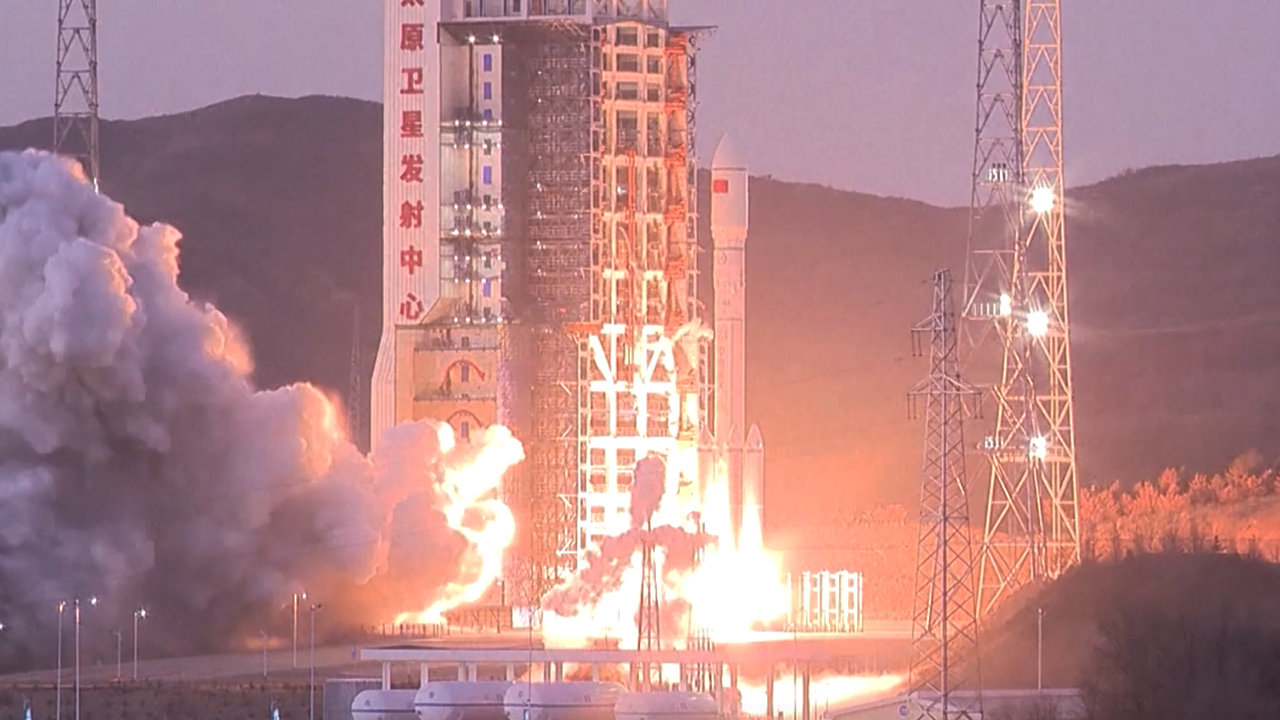
China launched what are likely a pair of partially classified mapping satellites late on Tuesday.
A Long March 6A rocket lifted off into a twilit sky above the Taiyuan Satellite Launch Center at 6:50 p.m. EDT on Oct. 31 (2250 GMT, or 6:50 a.m. Beijing Time on Nov. 1) carrying Tianhui-5 Earth-mapping satellites.
The China Aerospace Science and Technology Corporation (CASC) announced launch success within an hour of launch, noting a single Tianhui satellite as the payload. This was echoed up via media reports.
"The satellite has entered its preset orbit. It will be used for geographic mapping, land resource survey, scientific experiments and other missions," state media Xinhua reported.
Related: Watch China launch more classified Yaogan spy satellites (video)

The launch, however, appears to have carried two satellites. The U.S. Space Force's 18th Space Defense Squadron, which focuses on space domain awareness, detected and cataloged two likely payloads in similar orbits. Both were tracked in 378-mile-altitude (608 kilometers) sun-synchronous orbits.
The lack of specifications provided for the satellites suggests that the satellites are at least partially intended for military uses.
The Shanghai Academy of Spaceflight Technology (SAST), a major arm of CASC, provided the launcher for the mission and developed the satellites.
The mission was the fourth flight of the Long March 6A. The launcher is much larger than the Long March 6 and is China's first liquid-propellant core stage to be combined with solid rocket boosters.
The launch was China's 50th orbital launch of the year. Chinese plans released early this year indicated the country is aiming to launch more than 200 spacecraft on around 70 launches across 2023.







